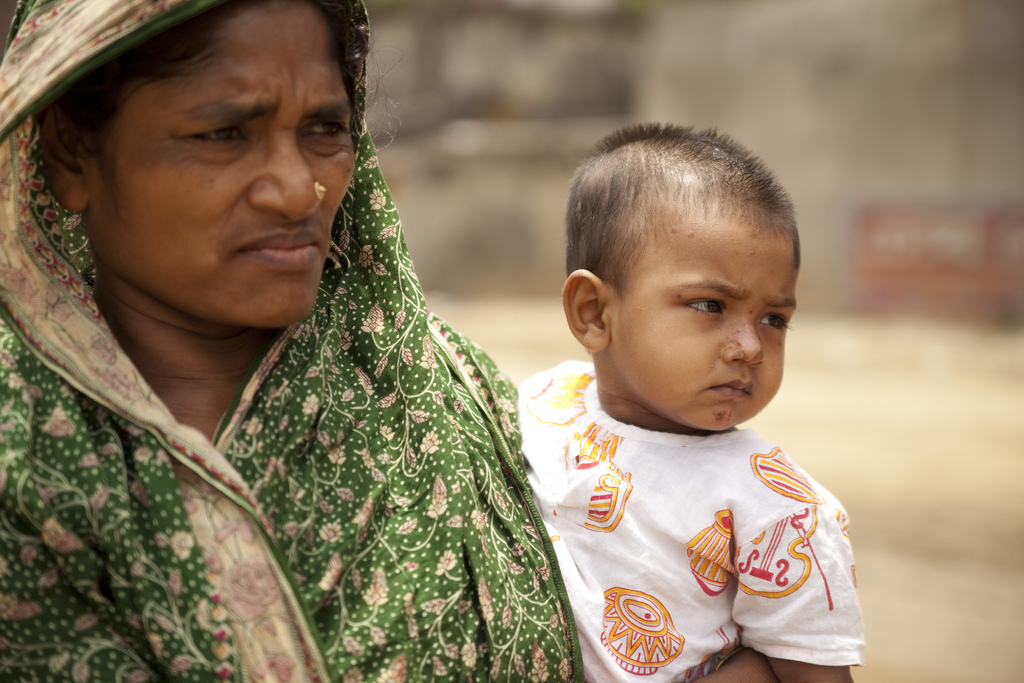A bureaucratic catch-22: Study in Bangladesh shows how safety nets can overlook the poorest
- From
-
Published on
01.10.18
- Impact Area
-
Funders
United States of America

Around the world, governments and development partners make hard choices on how to invest their limited resources to help the needy. But in a country like Bangladesh, where almost one fourth of the population of 165 million lives below the poverty line, identifying who should receive assistance is especially challenging—and if agencies do not employ sound targeting practices, many needy people may fall through the safety net.
Faulty safety net targeting has serious costs. For governments, funds fail to reach some of the most deprived. Poor households arbitrarily excluded lose an important source of income and may miss critical opportunities that assistance makes possible: Access to improved education and water and sanitation infrastructure, and the ability to take risks that may have big payoffs, such as starting up a business or adopting new agricultural technologies.
IFPRI’s recent assessment of the largest safety net for ultra-poor women in rural Bangladesh, the Vulnerable Group Development (VGD) program, identified key deficiencies in its targeting criteria that led to gaps in the safety net—and recommended changes grounded more firmly on available poverty data.
Photo credit: IFPRI
Related news
-

New Genomic Discovery from ICRISAT Could Save Farmers Millions by Preventing Groundnut Sprouting Before Harvest
International Crops Research Institute for the Semi-Arid Tropics (ICRISAT)02.12.25-
Food security
-
Poverty reduction, livelihoods & jobs
Breakthrough study identifies varieties and key genes to halt sprouting before harvest in groundnut …
Read more -
-

Reinventing Kenya’s Snack Future with Dryland Grains
International Crops Research Institute for the Semi-Arid Tropics (ICRISAT)21.11.25-
Nutrition
-
Poverty reduction, livelihoods & jobs
Faces of Impact - Video Feature Story On a quiet backstreet in Mihango, Kenya, the…
Read more -
-

ICRISAT’s Solar-Powered Water Hyacinth Harvester Recognized Among India’s Top 100 Innovations of 2025
International Crops Research Institute for the Semi-Arid Tropics (ICRISAT)18.11.25-
Environmental health
-
Poverty reduction, livelihoods & jobs
ICRISAT's Novel Solar-Powered Water Hyacinth Harvester has now earned a place in the prestigious To…
Read more -
